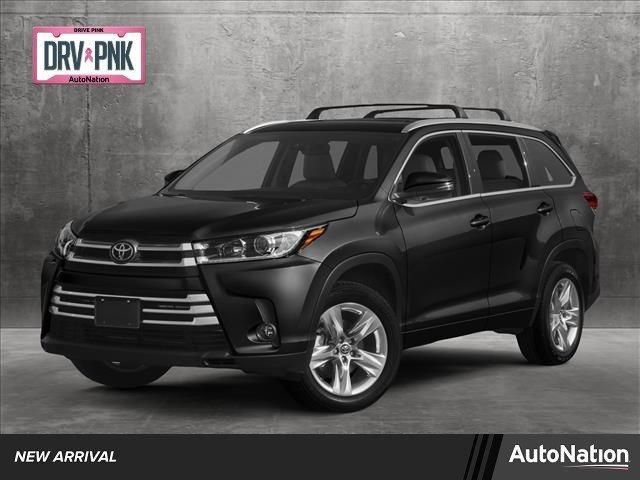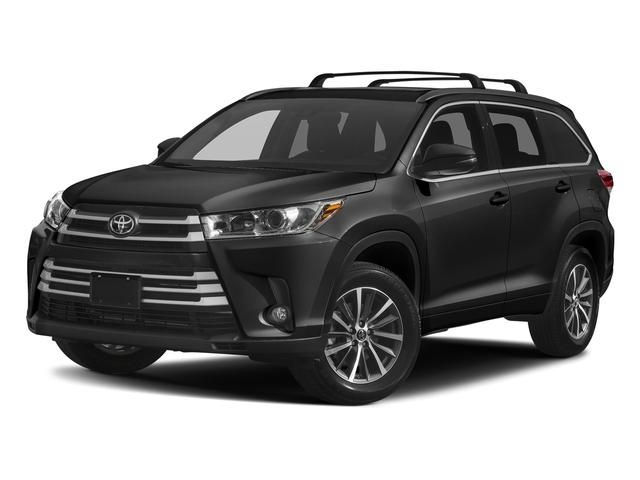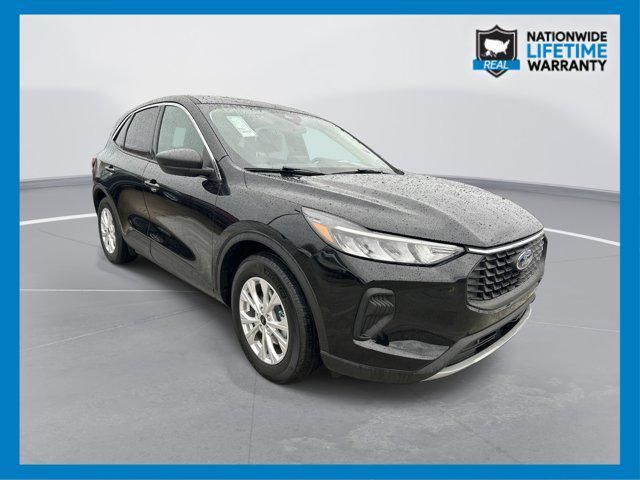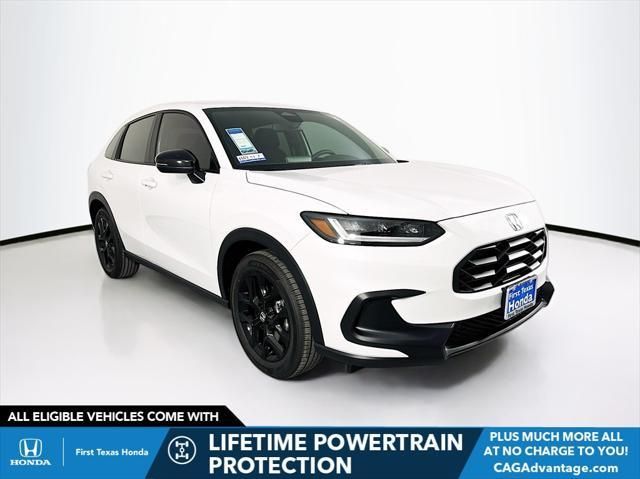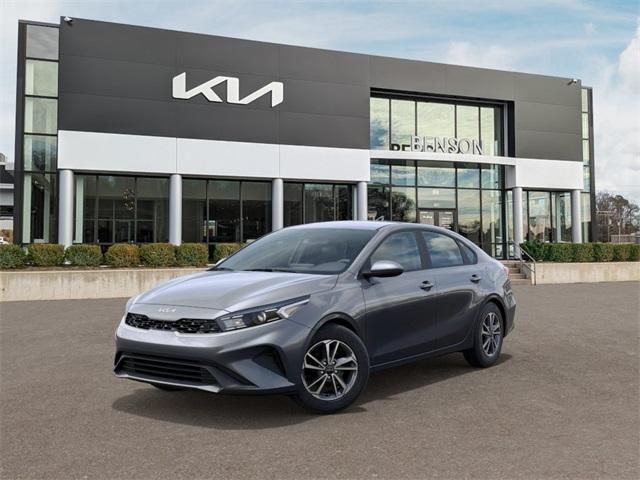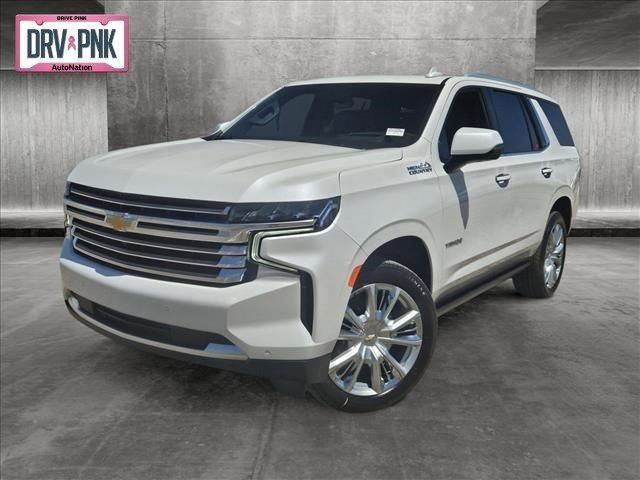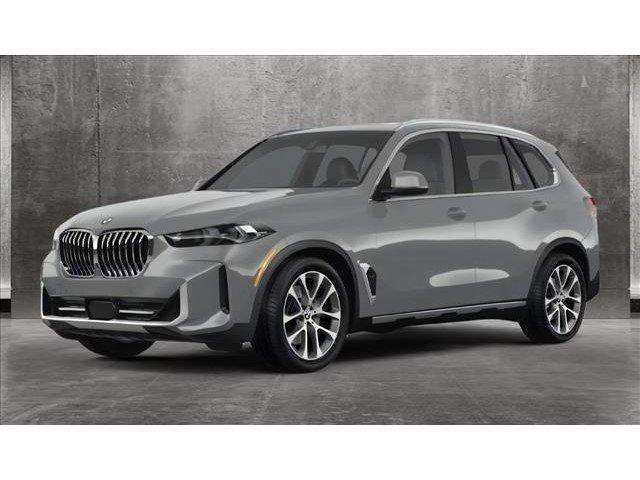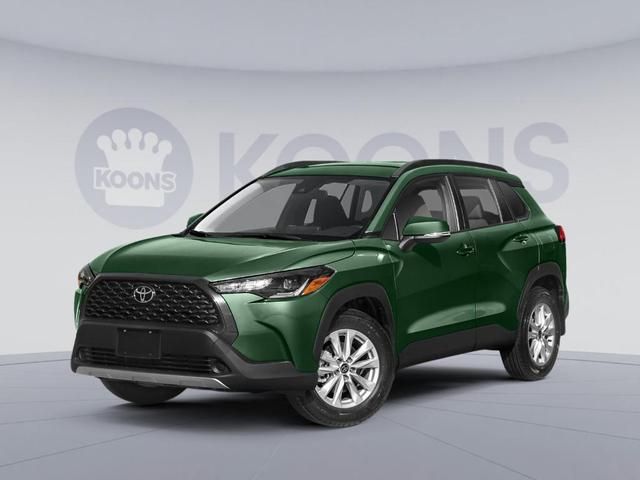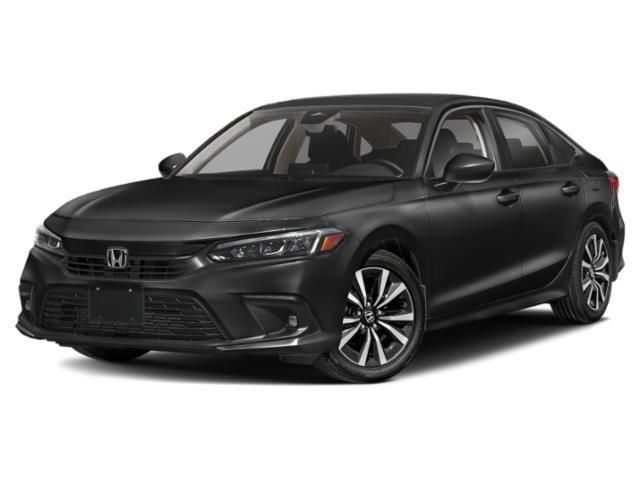
2024 TOYOTA HIGHLANDERVIN: 5TDKBRCH6RS618216
Historical Records
Outer tie rod(s) replaced
Alignment performed
Damage to front
| Year | 2024 |
| ODO | 548 mi |
| Seller | Hidden text (Hidden text) |
| MSRP | $8762 |
| Location | Easton, MD, 21601 |
| Date | appeared 15 days ago latest price $2610 |
| Sale Website Type | classifieds |
| Notes | |
| 3380 | |



| Body Style | SUV |
| Color | Celestial Silver Metallic |
| Color (Interior) | Black SofTex [softex] |
| Transmission | Automatic |
| Engine | 2.5L I-4 port/direct injection, DOHC, VVT-iE/VVT-i variable valv |
| Drive | All-wheel Drive |
| Fuel Type | Hybrid |
- 7702
- ABS Brakes 4-wheel antilock (ABS) brakes
- Hidden text
- Alternator Type Hybrid electric motor alternator
- Hidden text
- Auto door locks Auto-locking doors
- Hidden text
- Backup camera
- Hidden text
- Bluetooth Connection
- Hidden text
- Cargo access Proximity cargo area access release
- Hidden text
- Concealed cargo storage Cargo area concealed storage
- Hidden text
- Drl Preference Setting
- Hidden text
- Door mirror type Standard style side mirrors
- Hidden text
- Driver Foot Rest
- Hidden text
- Electronic parking brake
- Hidden text
- Engine cooler Engine oil cooler
- Hidden text
- Floor coverage Full floor coverage
- Hidden text
- Front Head Air Bag
- Hidden text
- Front side impact airbag passenger Seat mounted side impact front passenger ...
- Hidden text
- Handsfree Bluetooth handsfree wireless device connectivity
- Hidden text
- Height adjustable seatbelts Front height adjustable seatbelts
- Hidden text
- Integrated Turn Signal Mirrors
- 1870
- AM/FM Stereo
- Hidden text
- Android Auto
- Hidden text
- Auto high-beam headlights Automatic High Beams (AHB) auto high-beam headligh...
- Hidden text
- Battery charge warning
- Hidden text
- Brake Assist
- Hidden text
- Cargo light Cargo area light
- Hidden text
- Conversation mirror
- Hidden text
- Daytime Running Lights
- Hidden text
- Door panel insert Metal-look door panel insert
- Hidden text
- Driver lumbar Driver seat with 2-way power lumbar
- Hidden text
- Emergency SOS Safety Connect (up to 10-year trial subscription) vehicle inte…
- Hidden text
- Evasion Assist
- Hidden text
- Fob engine controls Smart key with hands-free access and push button start
- Hidden text
- Front head restraint control Manual front seat head restraint control
- Hidden text
- Fuel Type Regular Unleaded
- Hidden text
- Headlights LED low and high beam headlights
- Hidden text
- Hill start assist Hill Start Assist Control (HAC)
- Hidden text
- Interior courtesy lights Fade interior courtesy lights
- Hidden text
- Knee airbag Driver side knee airbag
- Hidden text
- Locking hub control Permanent locking hub control
- Hidden text
- Number of beverage holders 14 beverage holders
- Hidden text
- Overhead console Mini overhead console
- Hidden text
- Passenger seat direction Front passenger seat with 8-way directional control...
- Hidden text
- 12V power outlets 2 12V power outlets
- Hidden text
- Adaptive Cruise Control
- Hidden text
- Antenna Window grid audio antenna
- Hidden text
- Automatic Headlights
- Hidden text
- Battery type Lead acid battery
- Hidden text
- Brake type 4-wheel disc brakes
- Hidden text
- Cell traction battery 40
- Hidden text
- Cross-Traffic Alert
- Hidden text
- Door ajar warning Rear cargo area ajar warning
- Hidden text
- Drive type all-wheel drive
- Hidden text
- Drivetrain selectable Drive Mode Select (DMS) w/Trail Mode driver selectable…
- Hidden text
- Emissions tiers Tier 3 Bin 30 emissions
- Hidden text
- External acoustic pedestrian alert
- Hidden text
- Fog Lamps
- Hidden text
- Front impact airbag driver Driver front impact airbag
- Hidden text
- Gage cluster display size (inches) Gage cluster display size: 7.00
- Hidden text
- Headliner material Cloth headliner material
- Hidden text
- Hybrid/electric components warranty 96 month/100000 miles
- Hidden text
- Internet access Wi-Fi Connect with up to 2GB within 3-month trial mobile hot...
- Hidden text
- LED Headlights
- Hidden text
- Low tire pressure warning Tire specific low air pressure warning
- Hidden text
- Number of doors 4 doors
- Hidden text
- Paint Metallic paint
- Hidden text
- Perimeter approach lighting Remote activated perimeter approach lighting
- Hidden text
- Primary display touchscreen Primary monitor touchscreen
- Hidden text
- Rear Springs Regular grade rear springs
- Hidden text
- Rear Seat Check Warning
- Hidden text
- Rearview mirror Auto-dimming rear view mirror
- Hidden text
- Satellite trial 3 month satellite trial subscription
- Hidden text
- Security System
- Hidden text
- Spare tire Compact spare tire with steel wheel
- Hidden text
- Springs rear Rear coil springs
- Hidden text
- Steering wheel telescopic Manual telescopic steering wheel
- Hidden text
- Telematics
- Hidden text
- Third-row seat upholstery SofTex leatherette rear seat upholstery
- Hidden text
- Tires - Rear Performance
- Hidden text
- Transmission Type Automatic
- Hidden text
- USB ports 5 USB ports
- Hidden text
- Visor illuminated passenger mirror Illuminated passenger visor mirror
- Hidden text
- Wireless device charging Qi-compatible Wireless Charging front wireless smar...
- 2213
- ABS Brakes Four channel ABS brakes
- Hidden text
- Aluminum Wheels
- Hidden text
- Auto headlights Auto on/off headlight control
- Hidden text
- Basic warranty 36 month/36,000 miles
- Hidden text
- Body panels Fully galvanized steel body panels with side impact beams
- Hidden text
- Cargo floor type Carpet cargo area floor
- Hidden text
- Console insert material Metal-look console insert
- Hidden text
- Day/night rearview mirror
- Hidden text
- Door mirrors Power door mirrors
- Hidden text
- Driver Information Center
- Hidden text
- Electronic stability control Electronic stability control system
- Hidden text
- Engine/electric motor temperature gage
- Hidden text
- Floor covering Full carpet floor covering
- Hidden text
- Front Side Air Bag
- Hidden text
- Front Splash Guards
- Hidden text
- Headlight type Projector beam headlights
- Hidden text
- High mount stop light High mounted center stop light
- Hidden text
- Interior accents Chrome and metal-look interior accents
- Hidden text
- Knee Air Bag
- Hidden text
- Lock-up transmission
- Hidden text
- Number of airbags 8 airbags
- Hidden text
- Overhead airbags Curtain first, second and third-row overhead airbags
- Hidden text
- Passenger doors rear right Conventional right rear passenger door
- Hidden text
- Powertrain type Hybrid
- Hidden text
- Rear Defrost
- Hidden text
- Rear head restraints Height adjustable rear seat head restraints
- Hidden text
- Rear Window Defroster
- Hidden text
- Roof rack Roof rails
- Hidden text
- Second-row seats fixed or removable Fixed second-row seats
- Hidden text
- Shutters Active grille shutters
- Hidden text
- Split front seats Bucket front seats
- Hidden text
- Steering type Rack-pinion steering
- Hidden text
- Suspension type rear Multi-link rear suspension
- Hidden text
- Third-row head restraints Height adjustable third-row head restraints
- Hidden text
- Tires - Front All-Season
- Hidden text
- Traction control All-speed ABS and driveline traction control
- Hidden text
- Trunk lid trim Plastic trunk lid trim
- Hidden text
- Visor driver expandable coverage Driver visor with expandable coverage
- Hidden text
- WiFi Hotspot
- 7260
- Accessory power Retained accessory power
- Hidden text
- Antenna Diversity antenna
- Hidden text
- Automatic Emergency Braking
- Hidden text
- Battery run down protection
- Hidden text
- Brake assist system Brake Assist (BA) brake assist system
- Hidden text
- Cargo tie downs Cargo area tie downs
- Hidden text
- Corrosion perforation warranty 60 month/unlimited
- Hidden text
- Delay off headlights Delay-off headlights
- Hidden text
- Door trim insert Leatherette door trim insert
- Hidden text
- Driver seat direction Driver seat with 8-way directional controls
- Hidden text
- Emissions LEV3-SULEV30 emissions
- Hidden text
- Evasion Assist System
- Hidden text
- Fob remote vehicle controls Remote Connect (1-year trial subscription) smart…
- Hidden text
- Front head restraints Height adjustable front seat head restraints
- Hidden text
- Fuel door Power fuel door release
- Hidden text
- Headliner coverage Full headliner coverage
- Hidden text
- Hybrid
- Hidden text
- Intermittent Wipers
- Hidden text
- LCD primary display size 8 inch primary LCD display
- Hidden text
- Low level warnings Low level warning for fuel, washer fluid and brake fluid
- Hidden text
- Number of door entry light(s) 4 door entry light(s)
- Hidden text
- Overhead Console Storage
- Hidden text
- Pedestrian detection Pre-Collision System with Pedestrian Detection
- Hidden text
- Preconditioning Remote Connect (1-year trial subscription) remote-activated …
- Hidden text
- Rear Spoiler
- Hidden text
- Rear reading lights
- Hidden text
- Rear windshield wipers Fixed interval rear windshield wipers
- Hidden text
- SAE Autonomy Level 2 - partial automation SAE Autonomy
- Hidden text
- Security System
- Hidden text
- Smart device integration Wireless Apple CarPlay & Wireless Android Auto smar...
- Hidden text
- Springs front Front coil springs
- Hidden text
- Steering wheel material Leather steering wheel
- Hidden text
- Tailpipe Stainless steel single exhaust
- Hidden text
- Third-row seat fixed or removable Fixed third-row seats
- Hidden text
- Tires - Rear All-Season
- Hidden text
- Transmission CVT
- Hidden text
- USB Port
- Hidden text
- Visor illuminated driver mirror Illuminated driver visor mirror
- Hidden text
- Wipers Variable intermittent front windshield wipers
- Hidden text
- Keyless Start
- Hidden text
- License plate front bracket Front license plate bracket
- Hidden text
- Nickel Metal Hydride Traction Battery
- Hidden text
- Overdrive Transmission
- Hidden text
- Passenger doors rear left Conventional left rear passenger door
- Hidden text
- Power passenger seat controls Passenger seat power reclining, cushion tilt, ...
- Hidden text
- Rear Cross Traffic Alert
- Hidden text
- Rear head restraint control Manual rear seat head restraint control
- Hidden text
- Rear under seat ducts Rear under seat climate control ducts
- Hidden text
- Roof Rack
- Hidden text
- Second-row seats Second-row captains' chairs
- Hidden text
- Shock absorbers Gas-pressurized shock absorbers
- Hidden text
- Speed Sensitive Volume
- Hidden text
- Steering mounted audio control Steering wheel mounted audio controls
- Hidden text
- Suspension type front Strut front suspension
- Hidden text
- Third-row head restraint number 3 third-row head restraints
- Hidden text
- Tire Pressure Monitor
- Hidden text
- Traction battery warranty 120 month/150000 miles
- Hidden text
- Trunk hatch Trunk/hatch auto-latching
- Hidden text
- Ventilated brakes Front ventilated disc brakes
- Hidden text
- Wheels 18 x 8-inch front and rear machined w/painted accents aluminum wheels...
- Hidden text
- Powertrain warranty 60 month/60,000 miles
- Hidden text
- Rear Head Air Bag
- Hidden text
- Rear headliner/pillar ducts Rear headliner/pillar climate control ducts
- Hidden text
- Rear windshield Fixed rear windshield
- Hidden text
- Running lights LED daytime running lights
- Hidden text
- Second-row windows Power second-row windows
- Hidden text
- Smart Device Integration
- Hidden text
- Spoiler Rear lip spoiler
- Hidden text
- Steering type number of wheels 2-wheel steering system
- Hidden text
- Tailgate control Tailgate/power door lock
- Hidden text
- Third-row seat facing Front facing third-row seat
- Hidden text
- Tires - Front Performance
- Hidden text
- Traffic sign information Road Sign Assist (RSA)
- Hidden text
- Turn signal in door mirrors Turn signal indicator in door mirrors
- Hidden text
- Visor driver mirror Driver visor mirror
- Hidden text
- Window Trim Chrome side window trim
Model Analytics & Market Report
Depreciation
| Year | Average Mileage | Average Price | % Left | % Lost | ||
|---|---|---|---|---|---|---|
| 2024 MSRP | 0 mi | $41,405 | — | — | 100% | 0% |
| 2024 | 11,461 mi | $47,195 | −$5,790 | −13.98% | 113.98% | -13.98% |
| 2025 | 22,922 mi | $39,900 | +$7,295 | +15.46% | 96.37% | 3.63% |
| 2026 | 34,383 mi | $37,499 | +$2,401 | +6.02% | 90.57% | 9.43% |
| 2027 | 45,844 mi | $35,508 | +$1,991 | +5.31% | 85.76% | 14.24% |
| 2028 | 57,305 mi | $33,452 | +$2,056 | +5.79% | 80.79% | 19.21% |
| → Visit 2024 TOYOTA HIGHLANDER depreciation page to see full data. | ||||||
Price vs Mileage
| Mileage | Average Price | Sample Size |
|---|---|---|
| 0 mi | $45,991 | 147 sales |
| 5,000 mi | $46,998 | 210 sales |
| 10,000 mi | $49,880 | 81 sales |
| 15,000 mi | $50,250 | 20 sales |
| → Visit 2024 TOYOTA HIGHLANDER depreciation page to see full data. | ||
VIN Decoder — 59 records
Anti-lock Braking System (ABS) means a portion of a service brake system that automatically controls the degree of rotational wheel slip during braking by: (1) Sensing the rate of angular rotation of the wheels; (2) Transmitting signals regarding the rate of wheel angular rotation to one or more controlling devices that interpret those signals and generate responsive controlling output signals; and (3) Transmitting those controlling signals to one or more modulator devices that adjust brake actuating forces in response to those signals.
An auto-reverse system enables power windows and sunroofs on motor vehicles to automatically reverse direction when such power windows and panels detect an obstruction. This feature can prevent children and others from being trapped, injured, or killed by the power windows and sunroofs.
ESC is a computerized technology that improves a vehicle's stability by detecting and reducing loss of traction (skidding). When ESC detects loss of steering control, it automatically applies the brakes to help steer the vehicle in the driver's intended direction. Braking is automatically applied to wheels individually, such as the outer front wheel to counter oversteer, or the inner rear wheel to counter understeer. Some ESC systems also reduce engine power until control is regained.
An EDR is a device installed in motor vehicles to record technical vehicle and occupant information for a brief period before, during, and after a triggering event, typically a crash or near-crash event. Sometimes referred to as "black-box" data, these data or event records can be valuable when analyzing and reconstructing crashes.
A keyless ignition system permits starting a car without a physical key being inserted into an ignition. Instead, a small device known as a "key fob" transmits a code to a computer in the vehicle when the fob is within a certain close range. When the coded signal matches the code embedded in the vehicle's computer, a number of systems within the car are activated, including the starter system. This allows the car to be started by simply pressing a button on the dashboard while the key fob is left in a pocket or a purse. The vehicle is usually shut down by pushing the same button.
A TPMS is an electronic system designed to monitor the air pressure inside the pneumatic tires on various types of vehicles. TPMS can be divided into two different types - direct and indirect. Direct TPMS employ pressure sensors on each wheel, either internal or external. The sensors physically measure the tire pressure in each tire and report it to the vehicle's instrument cluster or a corresponding monitor. Indirect TPMS does not use physical pressure sensors but measure air pressures by monitoring individual wheel rotational speeds and other signals available outside of the tire itself.
When the traction control computer detects a driven wheel or wheels spinning significantly faster than another, it invokes an electronic control unit to apply brake friction to wheels spinning due to loss of traction. This braking action on slipping wheels will cause power transfer to the wheels with traction due to the mechanical action within the differential.
A backup camera, also known as a rearview video system, helps prevent back-over crashes and protects our most vulnerable people - children and senior citizens - by providing an image of the area behind the vehicle. A backup camera helps the driver see behind the vehicle while in reverse.
A CIB system is an automatic emergency braking system designed to detect an impending forward crash with another vehicle. CIB systems automatically apply the brakes in a crash imminent situation to slow or stop the vehicle, avoiding the crash or reducing its severity, if the driver does not brake in response to a forward collision alert.
A DBS system is an automatic emergency braking system designed to detect an impending forward crash with another vehicle. DBS systems automatically supplement the driver's braking in an effort to avoid a crash if the driver does not brake hard enough to avoid it.
An FCW system monitors a vehicle's speed, the speed of the vehicle in front of it, and the distance between the vehicles. If the vehicles get too close due to the speed of either vehicle, the FCW system will warn the driver of the rear vehicle of an impending crash so that the driver can apply the brakes or take evasive action, such as steering, to prevent a potential crash. FCW systems provide an audible, visual, or haptic warning, or any combination thereof, to alert the driver of an FCW-equipped vehicle of a potential collision.
BSW alerts drivers with an audio or visual warning if there are vehicles in adjacent lanes that the driver may not see when making a lane change.
An LDW system monitors lane markings and alerts the driver if their vehicle drifts out of their lane without a turn signal or any control input indicating the lane departure is intentional. An audio, visual or other alert warns the driver of the unintentional lane shift so the driver can steer the vehicle back into its lane.
An LKA system prevents a driver from unintentionally drifting out of the intended travel lane. LKA systems use information provided by Lane Departure Warning (LDW) system sensors to determine whether a vehicle is about to unintentionally move out of its lane of travel. If so, LKA activates and corrects the steering, brakes or accelerates one or more wheels, or does both, resulting in the vehicle returning to its intended lane of travel.
DRL is an automotive lighting system on the front of a vehicle or bicycle, that automatically switches on when the vehicle is in drive, and emits white, yellow, or amber light to increase the conspicuity of the vehicle during daylight conditions.
A headlamp light source provides a distribution of light designed to provide adequate forward and lateral illumination with limits on light directed towards the eyes of other road users, to control glare. This beam is intended for use whenever other vehicles are present ahead. Halogen, high-Intensity discharge (HID), light-emitting diode (LED), and laser are the most common headlights on the market.
A semi-automatic headlamp beam switching device provides automatic or manual control of beam switching at the option of the driver. When the control is automatic, the headlamps switch from the upper beam to the lower beam when illuminated by the headlamps on an approaching car and switch back to the upper beam when the road ahead is dark. When the control is manual, the driver may obtain either beam manually regardless of the condition of lights ahead of the vehicle.
Engine displacement (in cubic centimeters) is the volume swept by all the pistons inside the cylinders of a reciprocating engine in a single movement from top dead center to bottom dead center.
Engine displacement (in cubic inches) is the volume swept by all the pistons inside the cylinders of a reciprocating engine in a single movement from top dead center to bottom dead center.
Engine displacement (in liters) is the volume swept by all the pistons inside the cylinders of a reciprocating engine in a single movement from top dead center to bottom dead center.
Electrification level defines to what level the vehicle is powered by electric system. The common electric system configurations are mild hybrid, strong hybrid, plug-in hybrid, battery electric, and fuel cell vehicles.
(1) Mild hybrid is the system such as 12-volt start-stop or 48-volt belt integrator starter generator (BISG) system that uses an electric motor to add assisting power to the internal combustion engine. The system has features such as stop-start, power assist, and mild level of generative braking features.
(2) Strong hybrid systems, in vehicles such as the Toyota Prius, mainly consist of motors, conventional gasoline engine, and battery, but the source of electrical charge for the battery power is provided by the conventional engine and/or regenerative braking.
(3) Plug-in hybrid systems, in vehicles such as the Toyota Rav4 Prime, mainly consist of motors, conventional gasoline engine and battery. Plug-in hybrid vehicles are like strong hybrids, but they have a larger battery pack and can be charged with an external source of electricity by electric vehicle supply equipment (EVSE).
(4) Battery electric vehicles (BEV), such as the Tesla Model S or Nissan Leaf, have only a battery and electrical motor components and use electricity as the only power source.
(5) Fuel cell electric vehicles (FCEV) use full electric drive platforms but consume electricity generated by onboard fuel cells and hydrogen fuel.
Engine brake is the horsepower (hp) at the engine output shaft. Engine Brake (hp) From is the lower value of the range.
Engine configuration defines how engine cylinders are arranged. Common values are V6 for V-shaped arrangement, I4 or L4 for in-line arrangement.
This is a numerical field to store the number of cylinders in an engine. Common values for passenger cars are 4 or 6.
Fuel type defines the fuel used to power the vehicle. For vehicles that have two power sources, such as plug-in hybrid vehicle, both primary fuel type and secondary fuel type will be provided.
Body Class presents the body type based on 49 CFR 565.12(b): "Body type means the general configuration or shape of a vehicle distinguished by such characteristics as the number of doors or windows, cargo-carrying features and the roofline (e.g., sedan, fastback, hatchback)." Definitions are not provided for individual body types in the regulation.
Gross vehicle weight rating (GVWR) is the maximum operating weight of a vehicle including the vehicle's chassis, body, engine, engine fluids, fuel, accessories, driver, passengers and cargo, but excluding that of the trailers. Per 49 CFR 565.15, Class 1 is further broken down to Class A-D; Class 2 is further broken down to Class E-H. This field captures the lower bound of GVWR range for the vehicle.
Per 49 CFR 565, Model means a name that a manufacturer applies to a family of vehicles of the same type, make, line, series and body type.
If the model year (MY) is supplied when the VIN is decoded, such as from a crash report or a vehicle registration record, the MY value will be the supplied MY, even if the MY decoded from the VIN differs from the supplied MY. If the MY is not supplied when the VIN is decoded, the MY value will be decoded from the 10th character in the VIN.
This data element captures the city of the manufacturing plant where the manufacturer affixes the VIN.
This data element captures the name of the company that owns the manufacturing plant where the manufacturer affixes the VIN.
This data element captures the country of the manufacturing plant where the manufacturer affixes the VIN.
This data element captures the State or Province name within the Plant Country of the manufacturing plant where the manufacturer affixes the VIN.
Per 49 CFR 565, Series means a name that a manufacturer applies to a subdivision of a "line" denoting price, size or weight identification and that is used by the manufacturer for marketing purposes.
This field captures the location of curtain air bags. Curtain air bags are side air bags that protect the head.
This field captures the location of frontal air bags. Frontal air bags are generally designed to deploy in "moderate to severe" frontal or near-frontal crashes.
This field captures the location of knee air bags, which deploy from a car's lower dashboard, are meant to distribute impact forces on an occupant's legs in the case of a crash, thereby reducing leg injuries.


